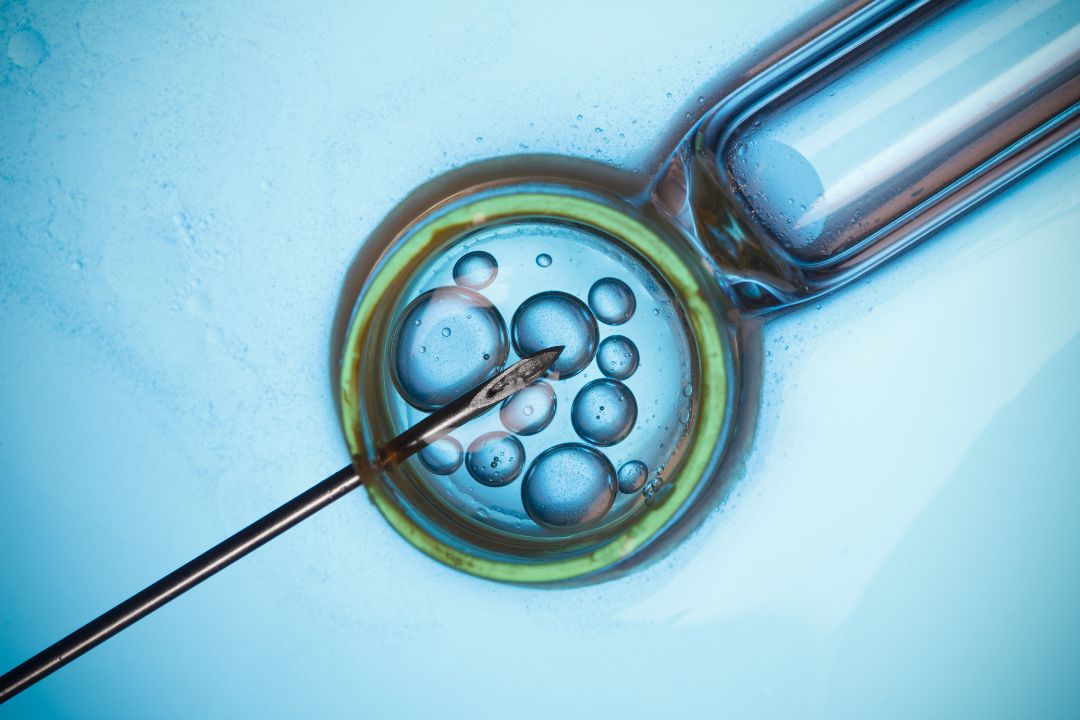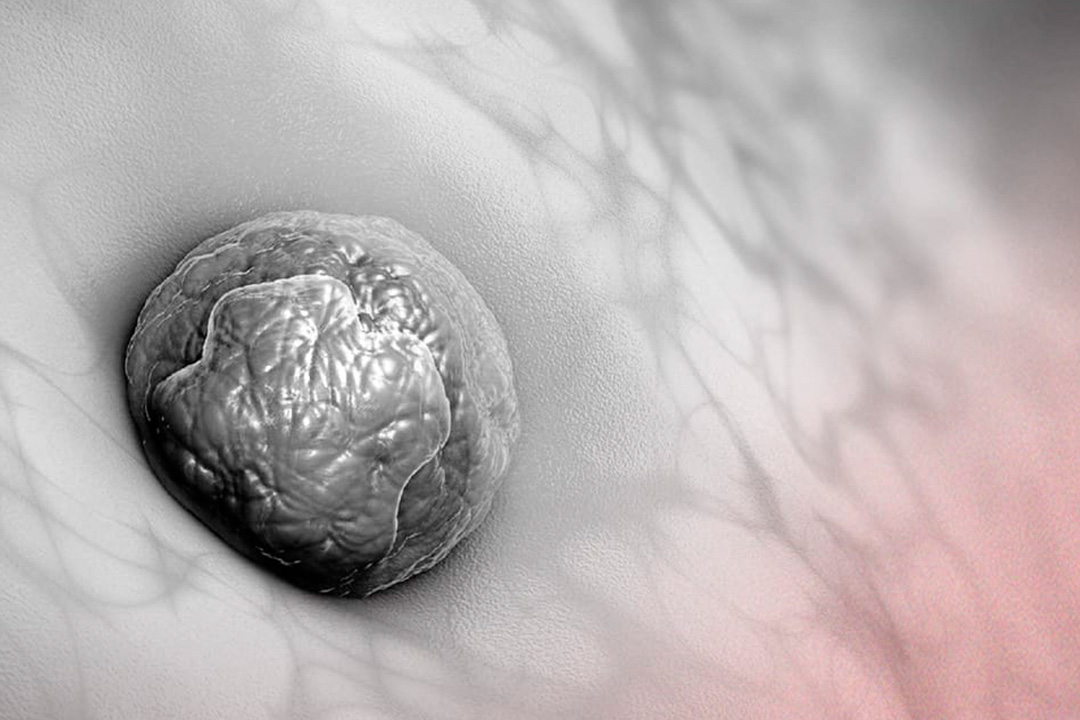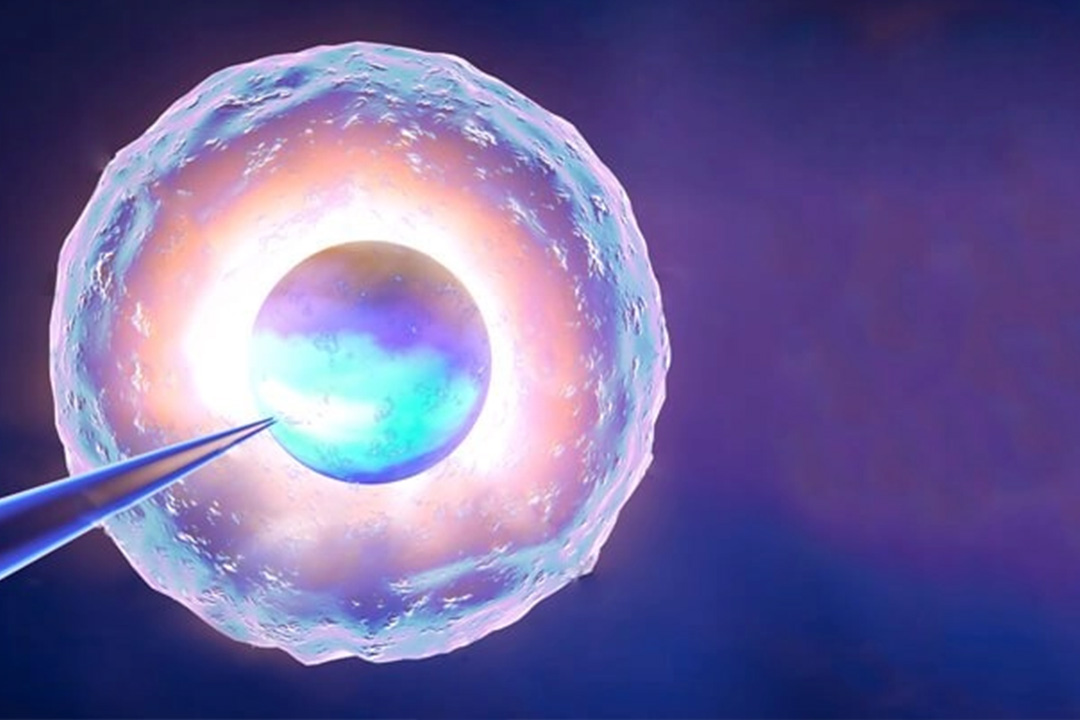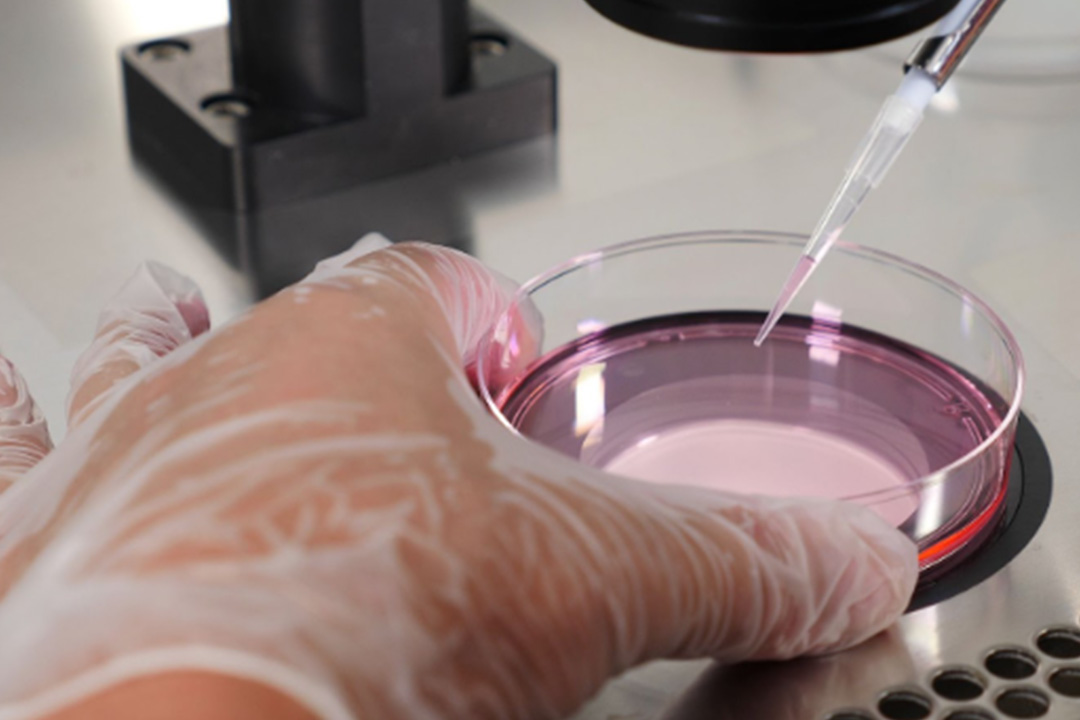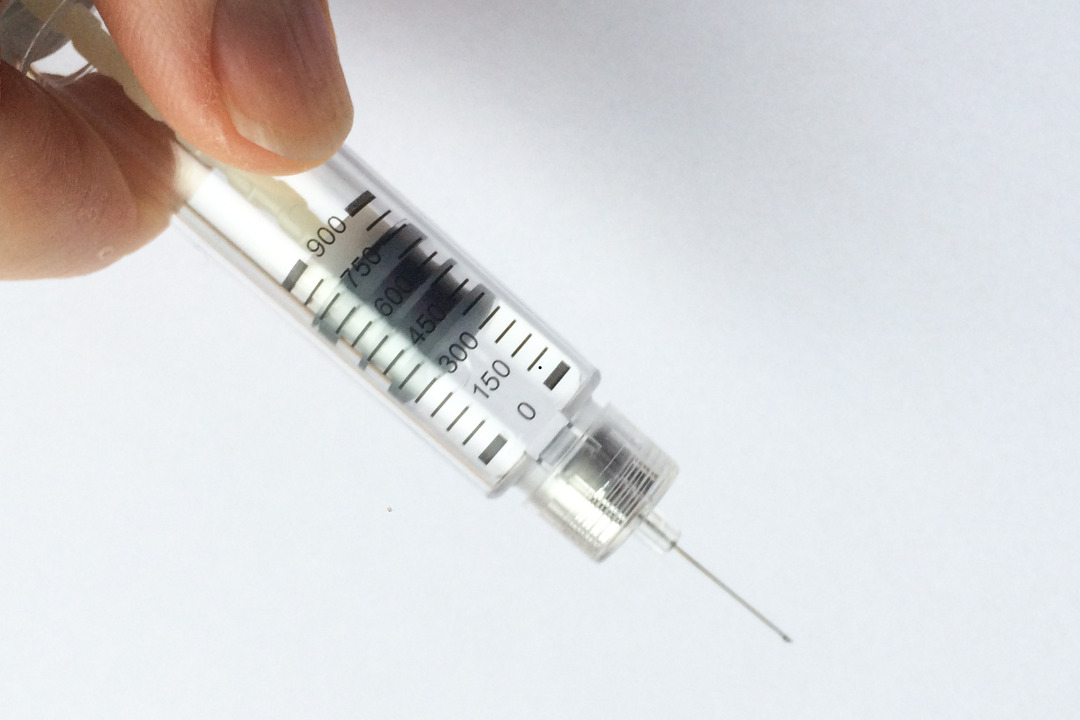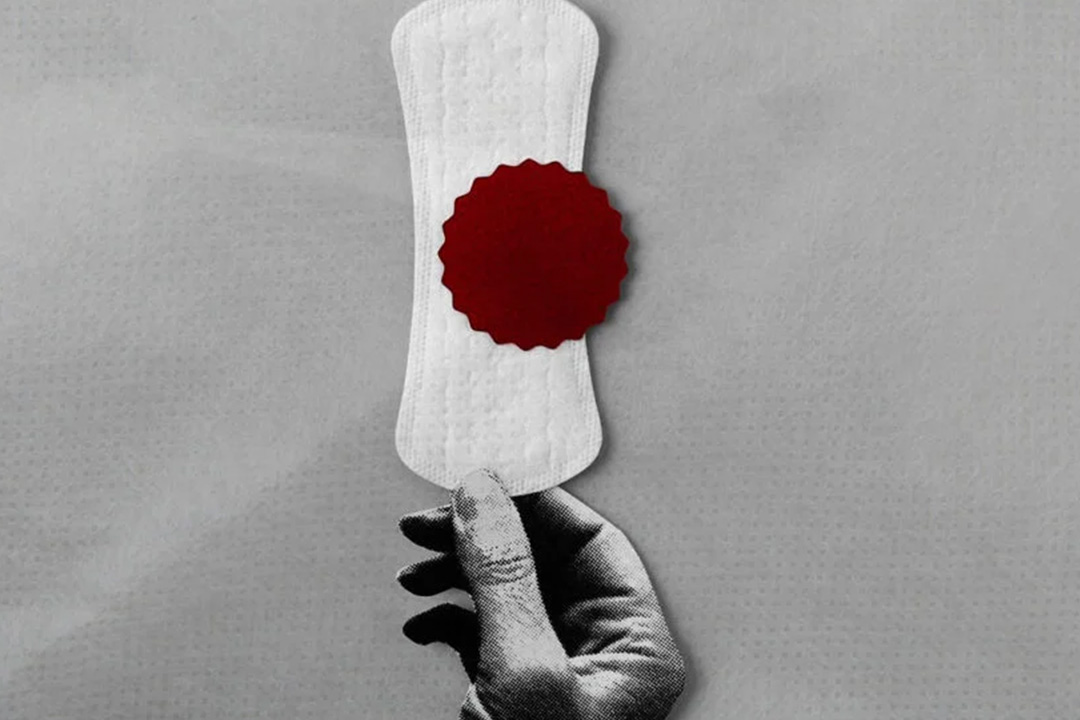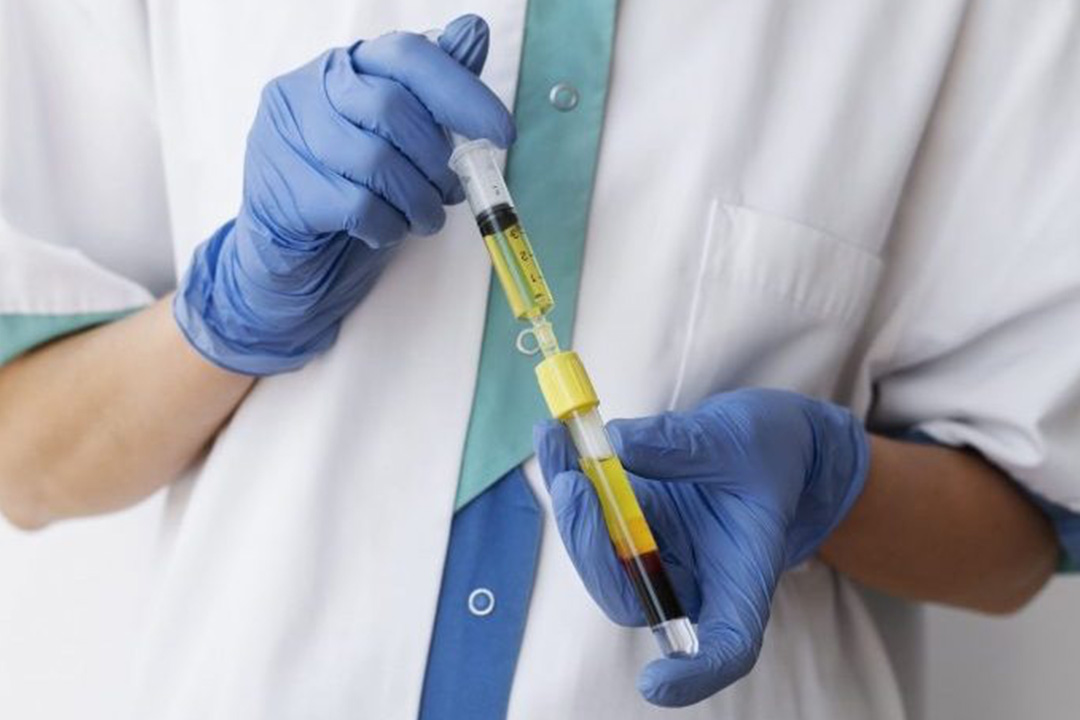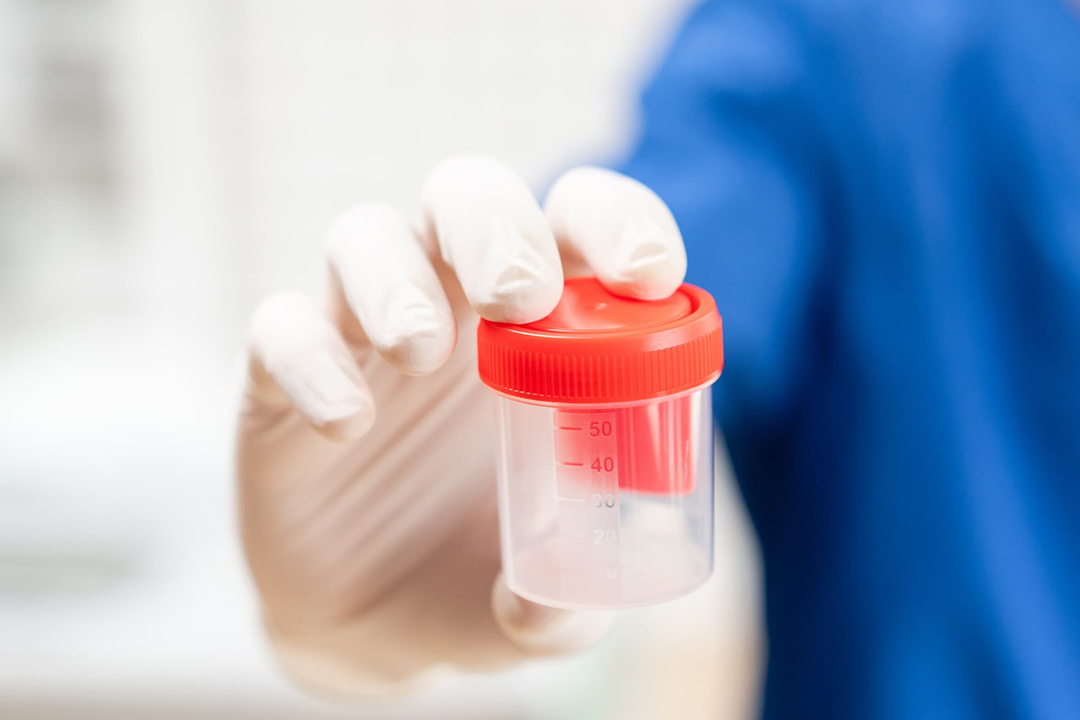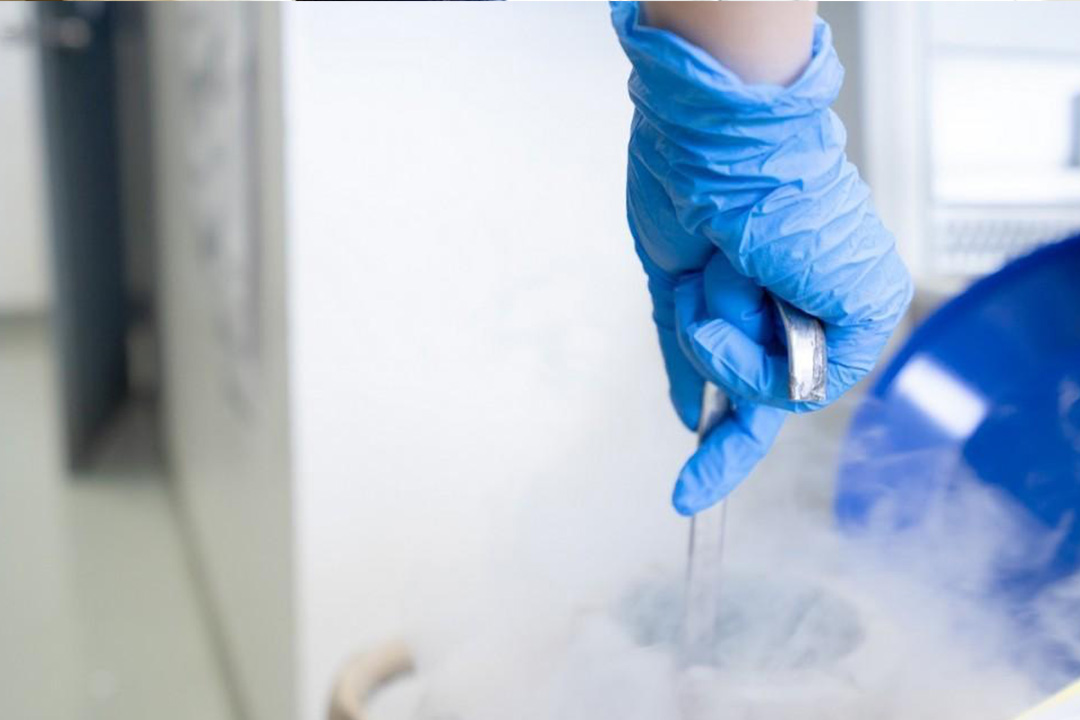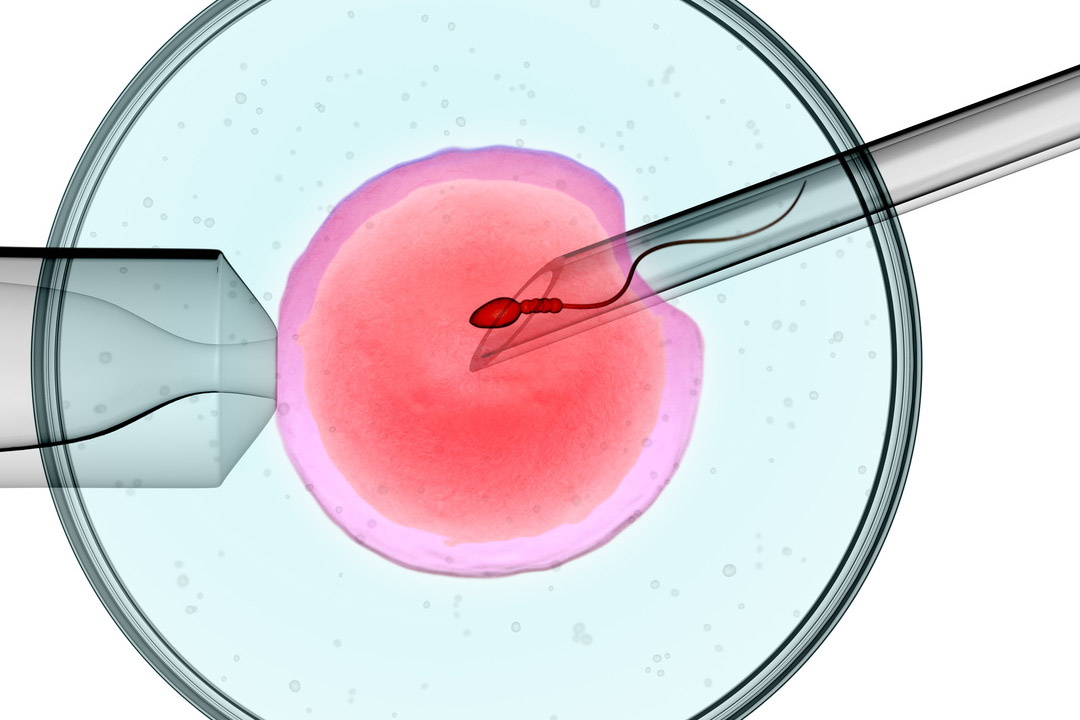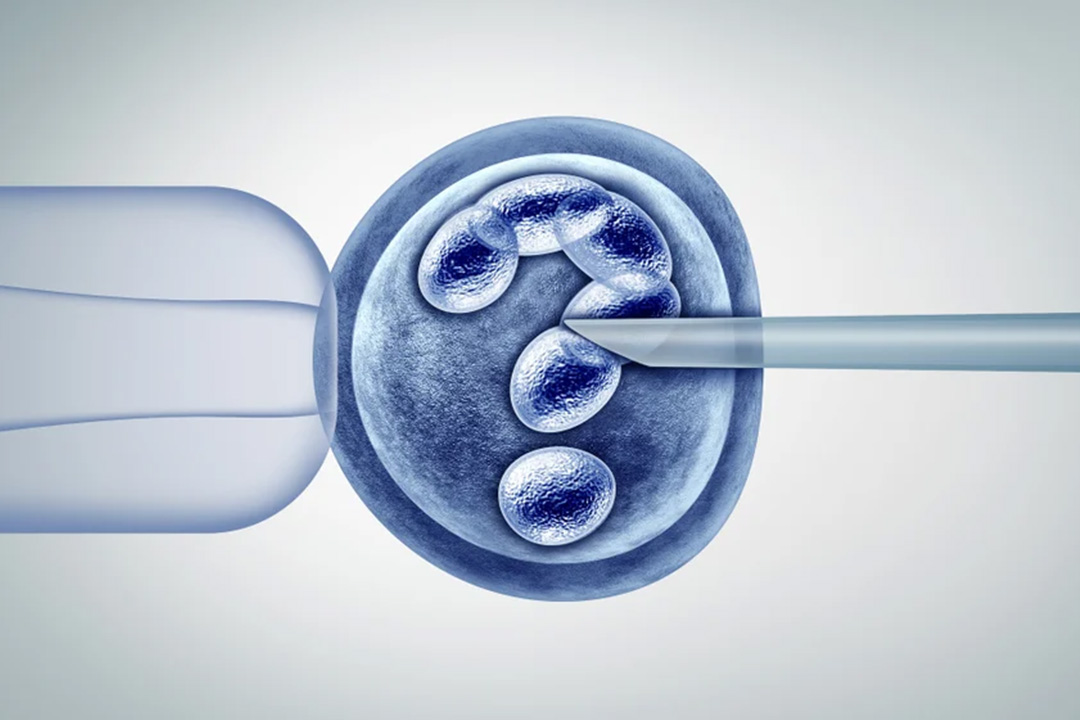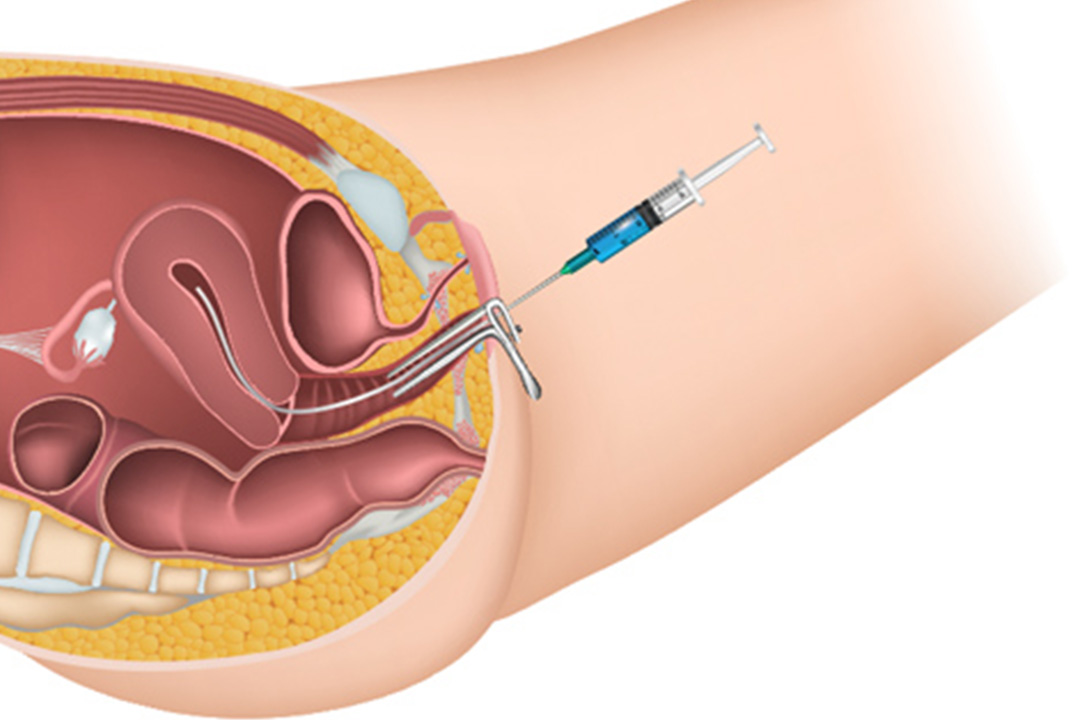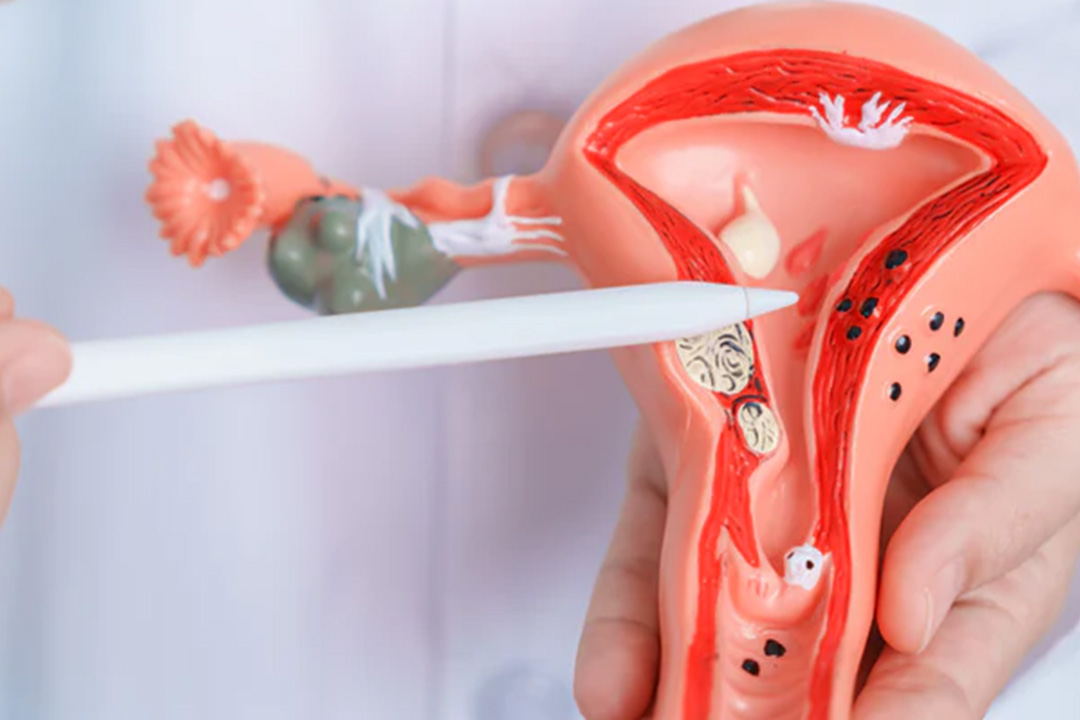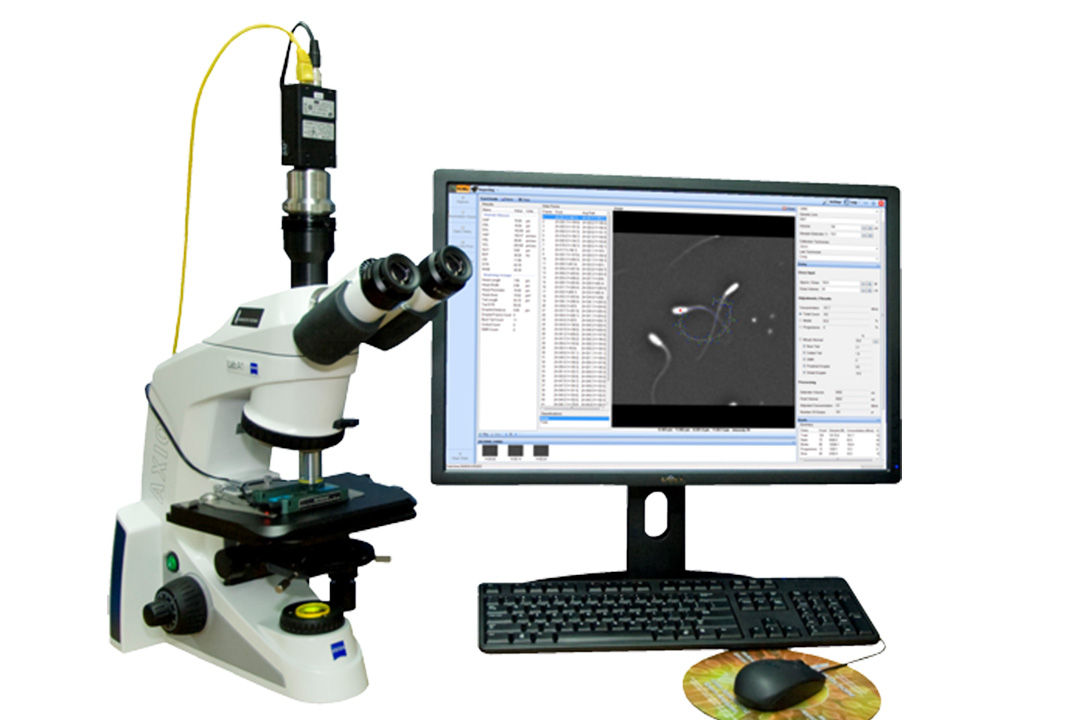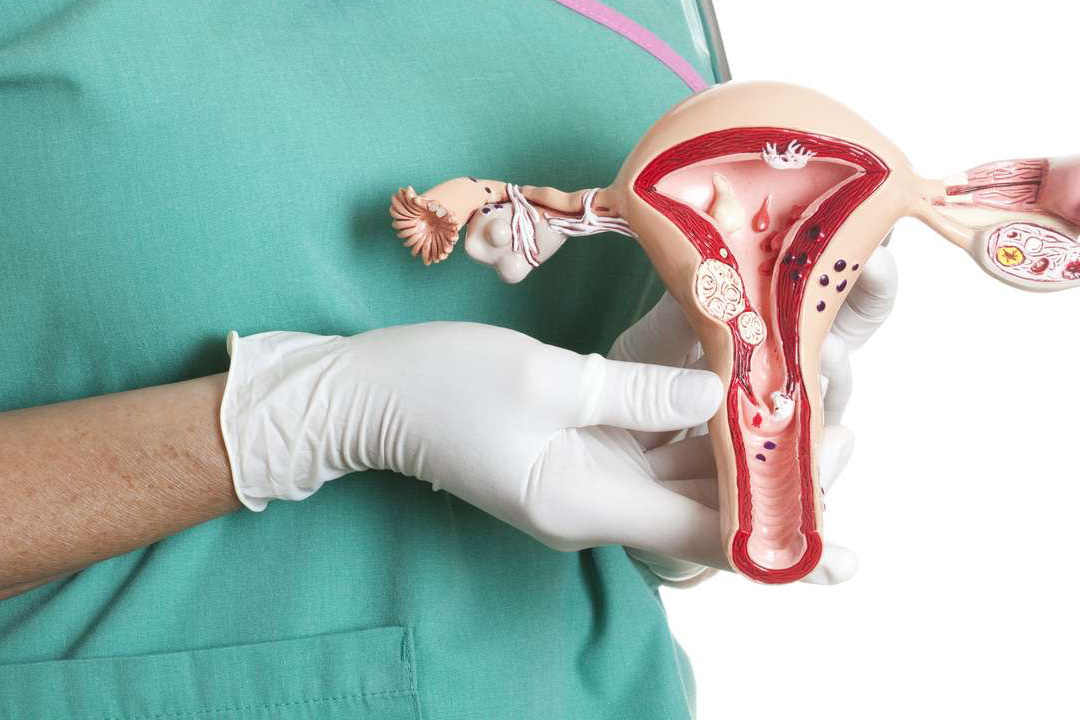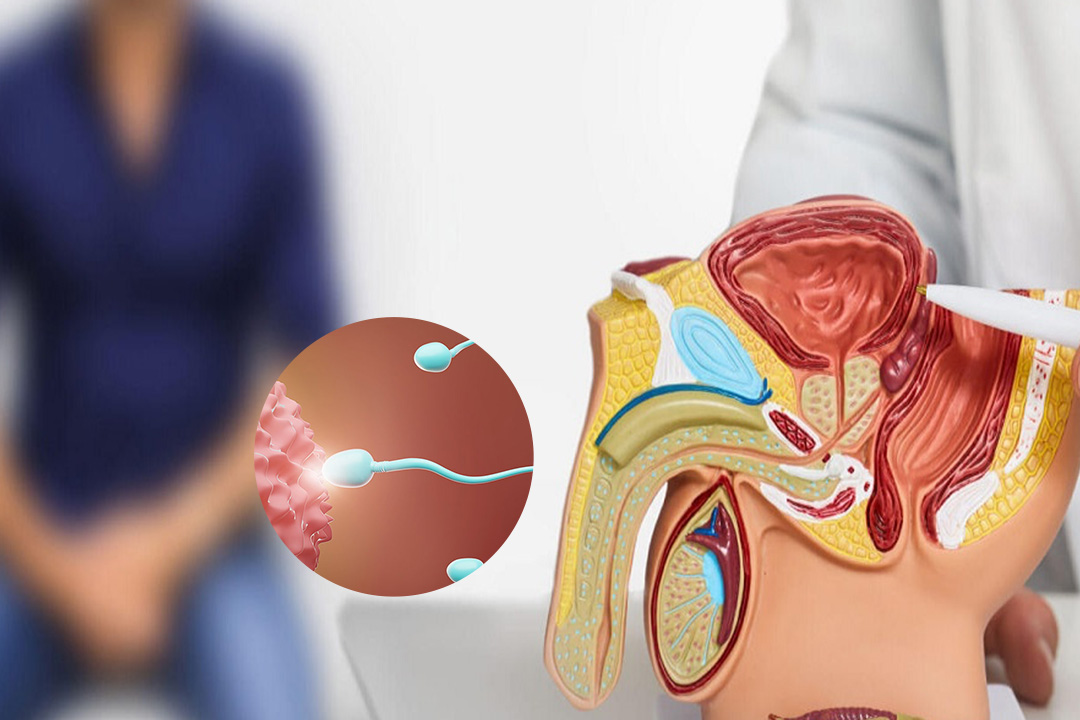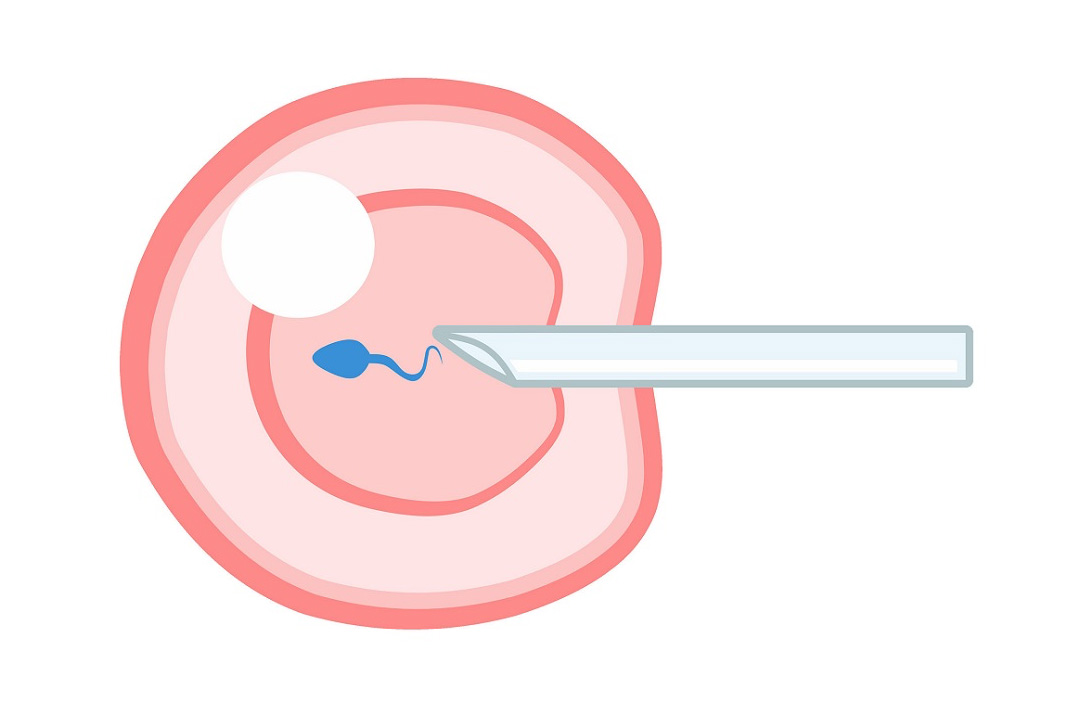What is the DNA Fragmentation Index (DFI) Test: A Comprehensive Guide
The DNA Fragmentation Index (DFI) test plays a crucial role when it comes to evaluating male fertility. This test provides insights into the integrity of sperm DNA, which is essential for successful fertilization and embryo development.
The DNA can break apart and these breaks, known as fragments, can interfere with how the DNA is copied during fertilization and may ultimately impact the formation of a healthy embryo.
In the discussion that follows, we’ll break down everything you need to know about the DFI test. We’ll explore what it measures, why it’s important, how it’s performed, what the results mean, and what you can do if you need to improve your sperm DNA quality.
What Is the DFI Test?
The DFI test—or DNA Fragmentation Index test—is all about checking the condition of the genetic material in sperm cells.
While a routine semen analysis looks at sperm count, movement (motility), and shape (morphology), it doesn’t tell us much about the actual DNA each sperm carries. That’s where the DFI test steps in. It measures the percentage of sperm that have breaks or damaged DNA.
This is critical because the main job of sperm is to deliver genetic material to the egg. If the DNA is damaged, fertilization might not happen as smoothly, and even if it does, the embryo might not develop properly. In cases of infertility, or even repeated failures with techniques like in vitro fertilization (IVF), an elevated DFI can sometimes be the hidden culprit.
Why Do Doctors Order the DFI Test?
Fertility specialists often recommend the DFI test as part of a broader assessment of sperm quality. A standard semen analysis might show that sperm are moving well and are present in good numbers, but it won’t reveal any issues with the sperm’s genetic material. Since the goal of sperm is to deliver healthy DNA, knowing its quality is essential.
Sometimes, couples face infertility without any obvious issues in the standard tests. This situation is often labeled as “unexplained” infertility. However, a hidden high level of sperm DNA fragmentation might be the real problem. By pinpointing this issue with the DFI test, doctors can get a clearer picture of what might be causing fertility challenges and can suggest more targeted treatment options.
Fertility experts typically recommend the DFI test in several scenarios:
- Unexplained Infertility: When routine semen analysis shows normal parameters, but conception still isn’t occurring, the DFI test can help uncover hidden issues.
- Recurrent IVF Failures: For couples who have experienced repeated unsuccessful IVF cycles, assessing sperm DNA fragmentation can provide vital clues about potential problems.
How the DFI Test Is Performed
The DFI test is usually carried out in an andrology laboratory—a specialized facility equipped to handle male fertility tests. One of the most widely used methods to assess sperm DNA fragmentation is the Sperm Chromatin Dispersion (SCD) assay, appreciated for its reliability and accuracy.
The Sperm Chromatin Dispersion (SCD) Assay
Here’s how the SCD assay typically works:
- Sample Collection: A small semen sample is collected from the patient.
- Processing the Sample: The sample then undergoes a controlled process where proteins are gently removed from the sperm cells using heat and specific chemical reagents. This step exposes the DNA inside.
- Visual Examination: Under a microscope, technicians observe the sperm cells. Healthy sperm with intact DNA display a “halo” of dispersed DNA around the nucleus. In contrast, sperm with fragmented DNA show little to no halo.
- Counting and Calculation: By counting the number of sperm with and without the halo, the laboratory can calculate the percentage of sperm that have fragmented DNA.
This whole process usually takes about three to five hours from the time the sample is collected until the final report is ready. Skilled laboratory technicians carry out the test, and experienced embryologists review the results to ensure they’re accurate.
Interpreting the DFI Test Results
Understanding what your DFI results mean can help guide treatment decisions. Typically, the result is expressed as a percentage, indicating the proportion of sperm with fragmented DNA.
- Normal Range: A semen sample with less than 15% fragmented DNA is considered normal. Sperm in this range are likely to carry intact genetic material, which is conducive to healthy fertilization and embryo development.
- Borderline Range: If the DFI is between 15% and 30%, the results are in the borderline range. Men in this category might face some fertility challenges, and further evaluation or lifestyle adjustments may be recommended.
- High DFI: A DFI of 30% or more signals that a significant portion of the sperm have damaged DNA. High fragmentation can lower the chances of successful fertilization and might lead to poor-quality embryos. In such cases, fertility experts may recommend advanced reproductive techniques, such as Intracytoplasmic Sperm Injection (ICSI), to improve the odds of a positive outcome.
The information from the DFI test helps doctors tailor treatment plans. For instance, if the test shows high DNA fragmentation, doctors might suggest lifestyle modifications, antioxidant therapies, or even consider retrieving sperm directly from the testicle (via a biopsy) to bypass some of the damaging factors affecting ejaculated sperm.
What Causes High DNA Fragmentation?
Several factors can contribute to an increased level of DNA fragmentation in sperm. Understanding these causes can help in both preventing and addressing the issue. Common contributors include:
- Environmental Toxins: Exposure to chemicals like pesticides and industrial pollutants can create oxidative stress, which damages the sperm’s DNA.
- Heat Exposure: Regular exposure to high temperatures—think hot tubs, saunas, or even keeping a laptop on your lap—can negatively impact sperm quality.
- Varicocele: A varicocele, which is an enlargement of the veins in the scrotum, can lead to increased temperature and pressure, contributing to DNA damage.
- Infections: Infections in the male reproductive tract can cause inflammation, which may result in DNA fragmentation.
- Lifestyle Factors: Smoking, excessive alcohol consumption, and poor dietary habits can elevate the level of free radicals in the body. These free radicals are harmful molecules that can attack and damage sperm DNA.
- Age: As men get older, the quality of sperm may decline, and the likelihood of DNA fragmentation can increase.
- Medical Treatments: Exposure to radiation or certain medications, such as those used in chemotherapy, can also lead to increased DNA fragmentation in sperm.
Can DFI Results Be Improved?
Sperm DNA fragmentation is not necessarily a permanent condition. In many cases, it’s possible to see improvements in DFI scores through lifestyle changes and medical treatments. The first step is identifying the factors contributing to high fragmentation and then taking active steps to address them.
Medical Treatments
For some men, lifestyle changes alone might not be enough. In these cases, doctors may recommend medical treatments such as antioxidant supplements. These supplements work by neutralizing free radicals, thereby reducing the oxidative stress that leads to DNA damage.
In more challenging situations, procedures like testicular sperm extraction (TESE) might be suggested. In TESE, sperm is retrieved directly from the testicle, often resulting in samples with lower DNA fragmentation compared to ejaculated sperm.
It’s essential for anyone facing fertility issues to consult with a knowledgeable fertility specialist. They can evaluate your specific situation, review your test results, and recommend the best course of action tailored to your needs.
The Importance of Accurate Testing
Accuracy in the DFI test is absolutely important. The Sperm Chromatin Dispersion (SCD) assay is one of the most trusted methods used to evaluate sperm DNA fragmentation. In this test, normal sperm display a halo of dispersed DNA when examined under a microscope, while sperm with fragmented DNA do not. This visual evidence is crucial for making a correct assessment.
Experienced laboratory technicians perform the test under strict protocols, and embryologists review the findings to ensure consistency and precision. Clinics that offer the DFI test adhere to standardized procedures to minimize any potential errors, providing patients with reliable information about their sperm quality.
Conclusion
In summary, the DNA Fragmentation Index (DFI) test is a critical tool in modern fertility assessments. By measuring the integrity of sperm DNA, the test goes far beyond what traditional semen analysis can reveal. With less than 15% fragmentation considered normal, higher percentages, especially those above 30% can be a significant indicator of potential fertility issues.
The DFI test helps explain cases of unexplained infertility and guides fertility specialists in designing personalized treatment plans. Whether through lifestyle modifications, antioxidant therapies, or advanced reproductive techniques such as ICSI, addressing high DNA fragmentation can greatly improve the chances of successful fertilization and healthy embryo development.
About Us
AKsigen IVF is a premier center for advanced fertility treatments, with renowned fertility experts on our team. Specializing in IVF, ICSI, egg freezing, and other cutting-edge reproductive technologies, AKsigen IVF is committed to helping couples achieve their dream of parenthood. With personalized care and a patient-first approach, AKsigen IVF provides comprehensive fertility solutions under one roof.













